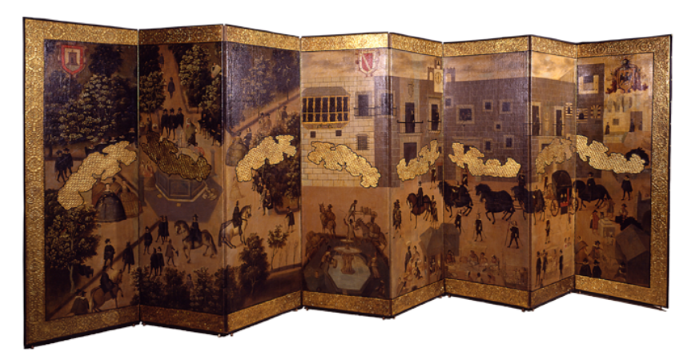During the modern age, punitive justice was administered both by the king’s officials and by the inquisitorial power, which had its own courts. In addition to the traditional crimes such as theft, swindling, piracy or murder, there were other types of crimes that were also punishable from the mental and material parameters of the time. It should be borne in mind that, being in a different historical moment, the social conventions on what type of conduct constituted a crime or not were also different. In this case, according to the studies of Antonio Catalá Sanz and Pablo Pérez García, the following were considered as crimes constituting the maximum penalty: heresy and blasphemy, sodomy and bestiality, crimes of lèse-majesté, rebellion, falsehood, etc. In this case, we have a graph showing those executed in Valencia over a period of 50 years during the modern age. It can be useful to bring students closer to questions related to criminality or punitive justice in other periods, highlighting the need to take into account the historical context at any given time.
Collection: Graphics
Project: 6. Under a cloak of terror: violence and armed conflict in Europe., 7. Persecuted by justice and powers: rebels, political dissidents and criminals in the history of Europe.
Chronology: XV, XVI
Scope: Secondary Education, Baccalaureate, University
Resource type: Graph
Format: Line chart
Source: Archivo de la Real Archicofradía de Nuestra Señora de Inocentes Mártiresy Desamparados. Sección de Clavariats i capítols
Language: Spanish
Date: 12/31/2021
Owner: Djebril Bouzidi (Modernalia)
Identifier: Archivo de la Real Archicofradía de Nuestra Señora de Inocentes Mártiresy Desamparados. Sección de Clavariats i capítols
Copyright: © Jorge Antonio Catalá Sanz, Pablo Pérez García y © Revista de Historia Moderna
Abstract: Chart of those executed in Valencia between 1450-1500
Tags






